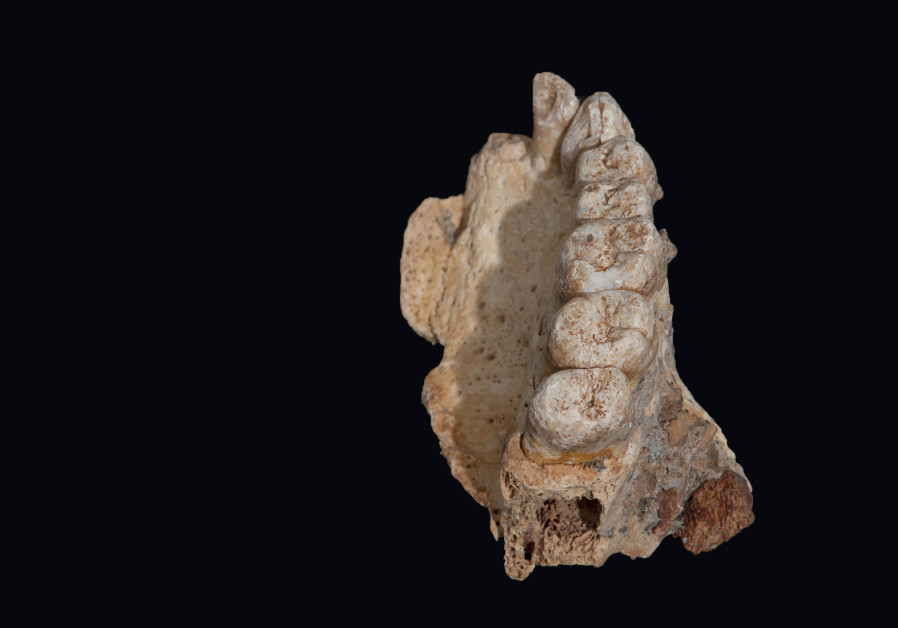Modern prehistoric humans first left Africa to migrate north during the Ice Age and were able to adapt to the cold weather that persisted in Israel and the Middle East back then, new research by academics at the Israel Antiquities Authority showed and from the University of Haifa The study, the findings of which were published in the journal of human evolutionOn Sunday, fossils unearthed in the Misliya Cave on Mount Carmel, which dates back to some 200,000 years ago, were analyzed. The remains of specific species of rodents typical of the northern and colder regions were identified near a human jaw, the earliest known evidence of the presence of Homo sapiens. outside of Africa The jaw bone was found in the cave about two years ago in an innovative discovery. The analysis results offer new insights into human evolution and the lives of our ancestors in the region, IAA Dr. Lior Weisbrod explained to The Jerusalem Post. “Among the discovered species, we find remains of what is generally known as a mole vole,” he said. “We can affirm that they are used to cold conditions because today the populations that live closest to us are in the Zagros mountains in the northwest of Iran, in the Caucasus and further north. For this reason, we can assume that back then they were able to expand this far because the climate was colder. ” Rearchers believe that the rodent disappeared from the region about 150,000 years ago.

Before Carmel’s jaw was discovered, modern humans were thought to have left Africa some 100,000 years ago. The harsh Ice Age weather was believed to have discouraged them from moving further north. The new research suggests that this was not the case, which strengthens the belief that adaptability has characterized humanity since its dawn. Weisbrod noted that while it is difficult to be precise about the climatic conditions of specific areas and specific times, according to Estimates of global temperatures during the Ice Age were five or six degrees lower than the current ones and, consequently, the Sea level also dropped by tens of meters. “For this reason, the landscape of Israel looked very different from what we are used to now. For example, there was a large lake that stretches from today’s Dead Sea to the north, almost reaching the Kinneret,” he said. Questions such as how and when did human migration from Africa begin, what was its dynamics, and especially how the first ancient humans? The archaeologist noted that experts have long debated that they developed adaptive capacity, allowing them to expand from their original homeland to different habitats. “Now we see that they were able to do so even in a period when conditions were even more so.” Prehistoric discoveries in Israel and in other regions of North Africa and Southeast Europe are changing existing perceptions of human evolution, “he said. Professor Mina Weinstein-Evron from the Zinman Institute of Archeology at the University of Haifa explained in a statement, “These discoveries shed light on the origins of modern humans and the development of their behavioral and physiological capabilities. These capabilities enabled us to reach to each of the continents in a relatively short time, in evolutionary terms, they accelerated the extinction of previous human species and, in fact, led our ancestors to dominate the world. ” Weisbrod told the Post that more revolutionary discoveries are expected in the coming years, which will have a profound impact on the study of human evolution. “What seems surprising to me is that after eighty and more years of research here in Israel, new caves are still being discovered and scholars are finding new elements that are going to change the image of what we know, add information and show that some ideas we had before are not true, “Weisbrod concluded.” This is the beauty of science. “
